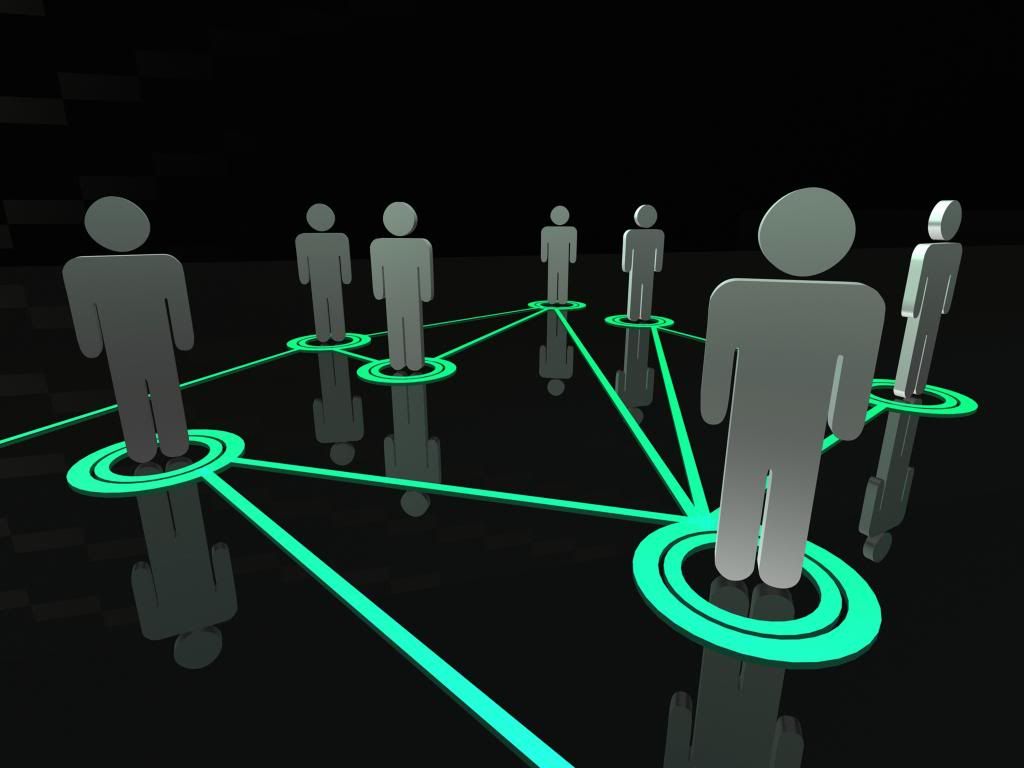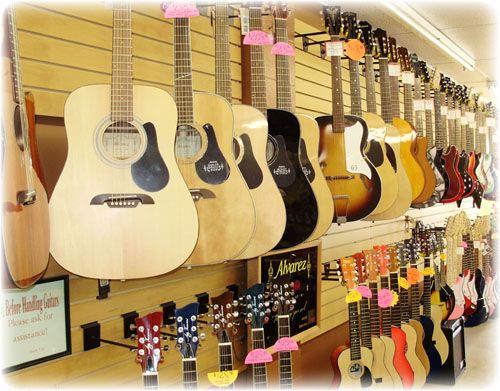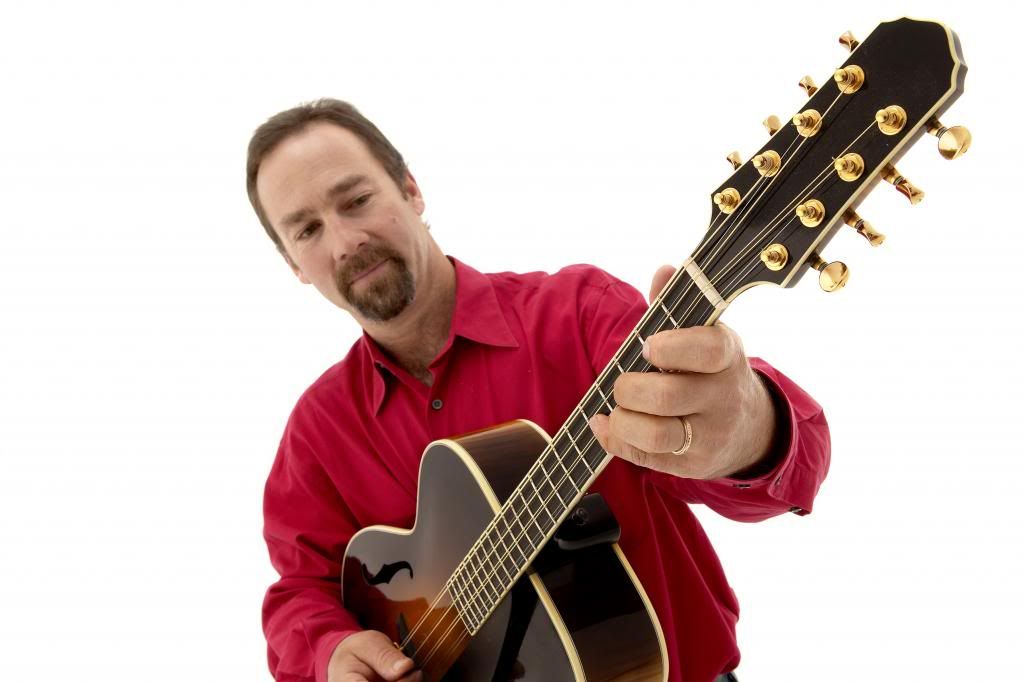Almost every music student will agree that playing their first music recital was never easy, if not nerve wracking.
Truth be told, it’s the first of many recitals that you might have to perform at in the future, and so it’s important to pull it off successfully, if only to build your confidence as a performing musician.
So, here are 4 tips that can ensure that you perform with ease at your first recital:
#1: Pick pieces that you are particularly interested in
While some teachers might pick a particular piece for you to perform, other cases require you to pick one for yourself. If you fall into the latter category, it’s a good idea to pick a piece that you are interested in playing rather than an easy one that doesn’t interest you that much. This is because your desire in mastering the piece will be greater especially if you like it very much.
#2: Practice Everyday
It goes without saying that you have practice literally everyday. For this, it is important to set aside practice time and diligently follow this planned schedule. Depending on how difficult the piece is, ensure you vary your time accordingly. Also, if you are playing more than one piece, begin with the difficult ones before moving on to the easier pieces.
#3: Play in front of your family and friends
Stage fright is common to all musicians whether just beginners or experienced. It takes some time to get used to performing in front of an audience. So, once you think you are ready with a couple of pieces, perform it (as if you were in front of an audience already) with your family and friends.
#5: Don’t bother about making mistakes
Every musician makes mistakes – remember when playing your first recital. If you make a mistake, don’t stop. Keep playing. After all, this is only your first recital and mistakes are bound to happen.



